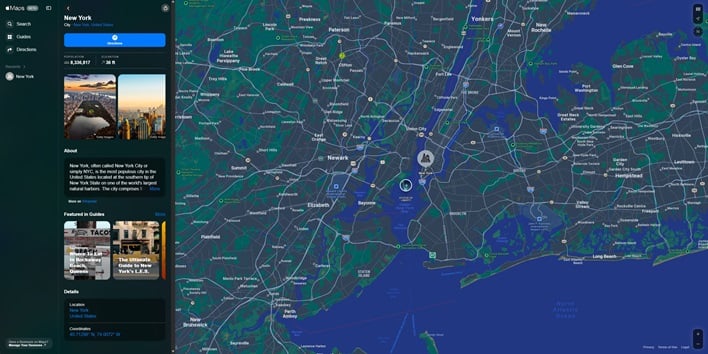Us State Borders

The United States of America is a vast and diverse country, comprising 50 states, each with its unique characteristics, geography, and cultural heritage. One of the most fascinating aspects of the US is its complex network of state borders, which have been shaped by a combination of historical, geographical, and political factors. In this article, we will delve into the world of US state borders, exploring their history, geography, and significance.
History of US State Borders

The history of US state borders is a long and complex one, spanning over two centuries. The first state borders were established during the colonial era, when the British, French, and Spanish empires competed for control over the North American continent. As the US declared independence in 1776, the newly formed government began to establish its own borders, which were largely based on the colonial boundaries. The Louisiana Purchase of 1803 and the Mexican-American War of 1846-1848 significantly expanded US territory, leading to the establishment of new state borders. The concept of manifest destiny also played a crucial role in shaping US state borders, as the country expanded westward and annexed new territories.
Geography of US State Borders
The geography of US state borders is characterized by a diverse range of landscapes, from the Rocky Mountains to the Great Plains, and from the Atlantic Coast to the Pacific Coast. The US-Mexico border, which stretches for over 1,900 miles, is one of the most notable international borders in the world. The Rio Grande river forms a significant portion of this border, which has been the subject of much controversy and debate in recent years. In contrast, the US-Canada border, which is the longest international border in the world, is largely unguarded and is characterized by a spirit of cooperation and friendship between the two nations.
| State | Bordering States | Border Length (miles) |
|---|---|---|
| Alaska | None (international border with Canada) | 1,538 |
| Texas | New Mexico, Oklahoma, Arkansas, Louisiana | 1,254 |
| California | Oregon, Nevada, Arizona | 840 |

Significance of US State Borders

The significance of US state borders cannot be overstated. They have played a crucial role in shaping the country’s history, geography, and culture. The state borders have also had a significant impact on the US economy, with many states relying on international trade and commerce. The concept of federalism has also been influenced by the state borders, with power being divided between the federal government and the individual states. Furthermore, the state borders have been the subject of much controversy and debate, particularly in recent years, with issues such as immigration, border security, and trade dominating the national agenda.
Challenges and Opportunities
The US state borders also present a number of challenges and opportunities. The border regions are often characterized by unique social, economic, and environmental challenges, such as poverty, lack of infrastructure, and environmental degradation. However, these regions also offer opportunities for economic growth, cultural exchange, and environmental cooperation. The concept of regionalism has gained significant attention in recent years, with many states and regions seeking to strengthen their relationships and cooperate on issues such as trade, education, and healthcare.
- Economic development: The US state borders offer opportunities for economic growth and development, particularly in the border regions.
- Cultural exchange: The state borders have facilitated cultural exchange and cooperation between states and regions, promoting diversity and understanding.
- Environmental cooperation: The state borders have also facilitated environmental cooperation and management, particularly in areas such as water management and conservation.
What is the longest state border in the US?
+The longest state border in the US is the border between Alaska and Canada, which stretches for over 1,538 miles.
Which state has the most bordering states?
+Tennessee has the most bordering states, with a total of 8 neighboring states.
What is the significance of the US-Mexico border?
+The US-Mexico border is one of the most notable international borders in the world, stretching for over 1,900 miles and playing a significant role in trade, immigration, and national security.



